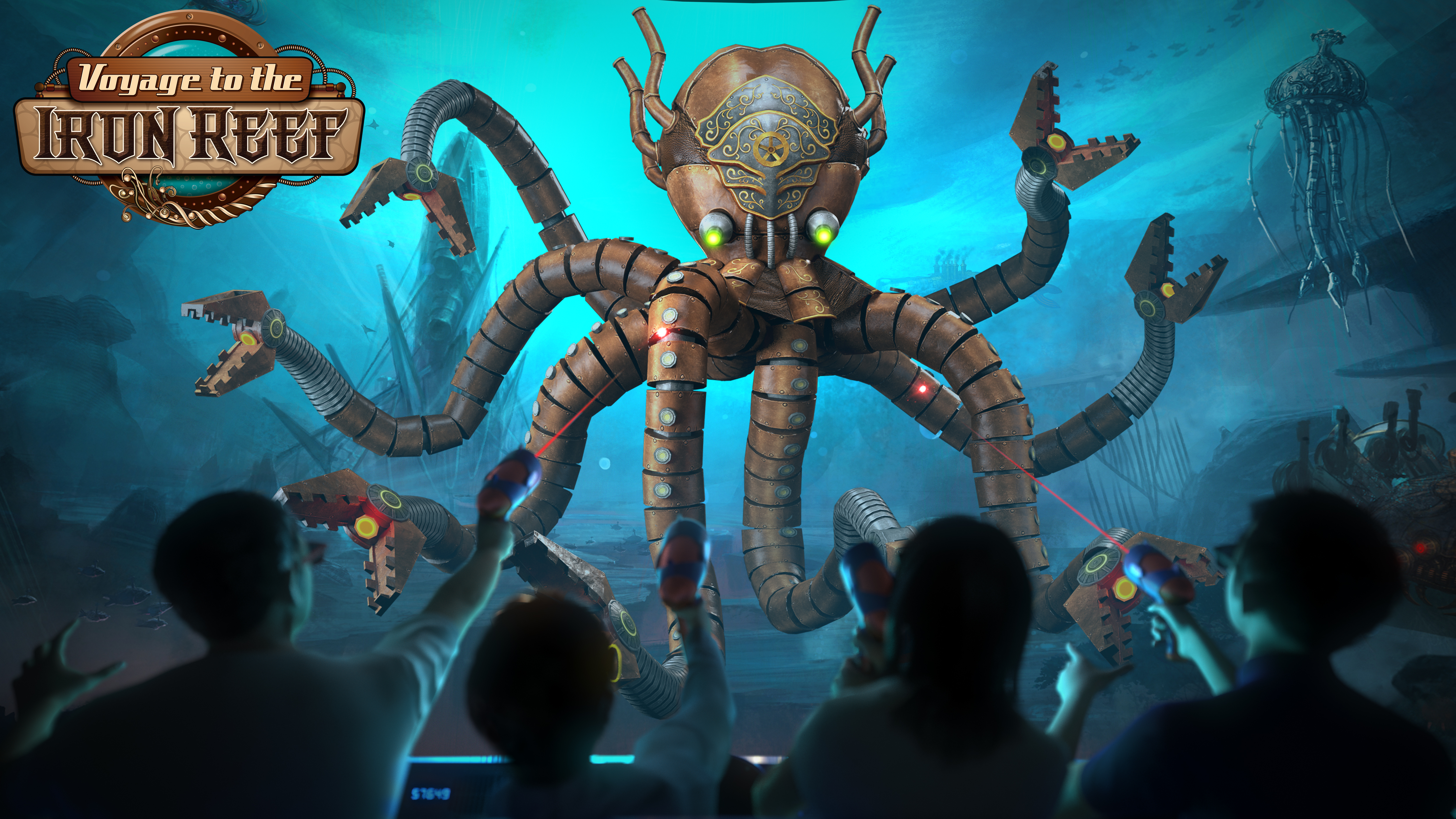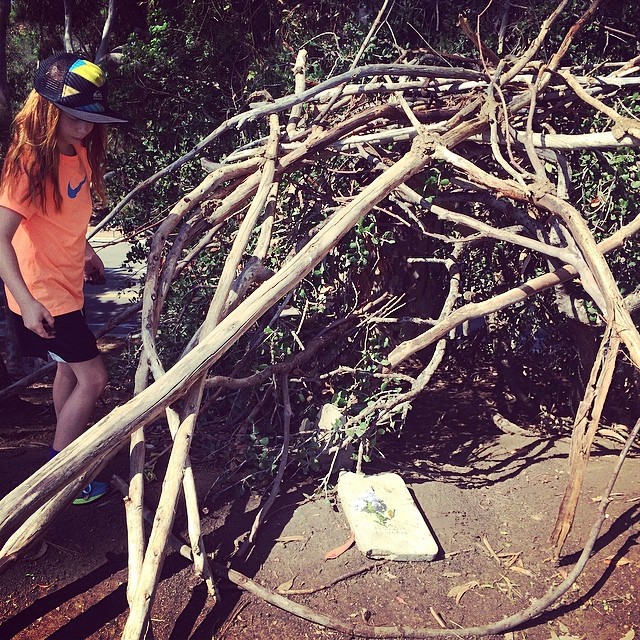
Instagram of the Week :: The Fascinating Ammonite Fossil
Years ago I use to love to look at design magazines to no end. We just did a major de-cluttering in our garage and I had at least two bookcase shelves filled with these décor magazines (from 2004). Sitting on the couch, with a new magazine or Modern Home decor book was like heaven and I use to relish that time. Fast forward to the present, and I am lucky to find time to sit down much less with a magazine! You know how motherhood can be at times – though I wouldn’t change a thing. When I would look through these home décor magazines – mostly Living, Etc. (from the U.K), Elle Décor, Dwell and home décor books that leaned towards Modern and Asian style homes, I would usually see these cool fossils in the homes. So when I happened upon one at an estate sale years ago, I just had to get it. I figured it was an investment in a piece I would keep in my home for just about forever as I doubt I would grow sick of it. I did some research on the fossil and found out that Ammonites are named after the Egyptian god Ammon, who is often depicted with rams’ horns behind each ear. And National Geographic posted this picture of what they looked like when they were alive and swimming our oceans.
Fast Facts (Source: National Geographic)
- Type:
- Prehistoric
- Diet:
- Carnivore
- Size:
- Some more than 3 ft (1 m) in diameter
- Group name:
- School
- Protection status:
- Extinct
- Did you know?
- Female ammonites grew up to 400 percent larger than males, presumably to make room to lay eggs.
- Size relative to a 6-ft (2-m) man:

If you have a fossil-loving kid – you might want to share the interesting tidbits about Ammonites with them! I found it fascinating to learn that they were predatory, squidlike creatures that lived inside these coil-shaped shells. I am not sure what I thought lived in them – but hearing they had sharp, beaklike jaws inside a ring of tentacles does put a new twist on this home décor piece in my house! Some ammonites grew more than three feet (one meter) and the females were quite a bit bigger than the males – probably to make room for their eggs.
As they grew, a new shell was built. They would move through the shallow seas by squirting jets of water from their bodies. The siphuncle, a thin, tub-like structure, helped them move through the water. They appeared about 240 million years ago and were prolific breeders and even lived in schools. They went exctinct about 65 million years ago with the dinosaurs. They are one of the most abundant fossils found today and you can easily find them for sale on eBay of all places! I have seen them in crystal and fossil stores in Laguna Beach – though usually these ones are on the smaller scale.
Again, if you are interested in doing a lesson-plan or having some fun with your fossil-loving kid there are several places you can order these fossils. Some companies even have them as a science kit such as Skullduggery. I will get back to you about us maybe doing a giveaway with one of their fossil kits after I speak to our pals at Skullduggery! Xump retailer offers an Ammonite Dig Fossil kit here. Skullduggery offers a really cool one and their fossil kit includes several fossil replicas you can find here. Science Kids provides some tutorials about fossils here: https://www.sciencekids.co.nz/sciencefacts/earth/fossils.html
Were you fascinated with dinosaurs and fossils when you were a kid?





